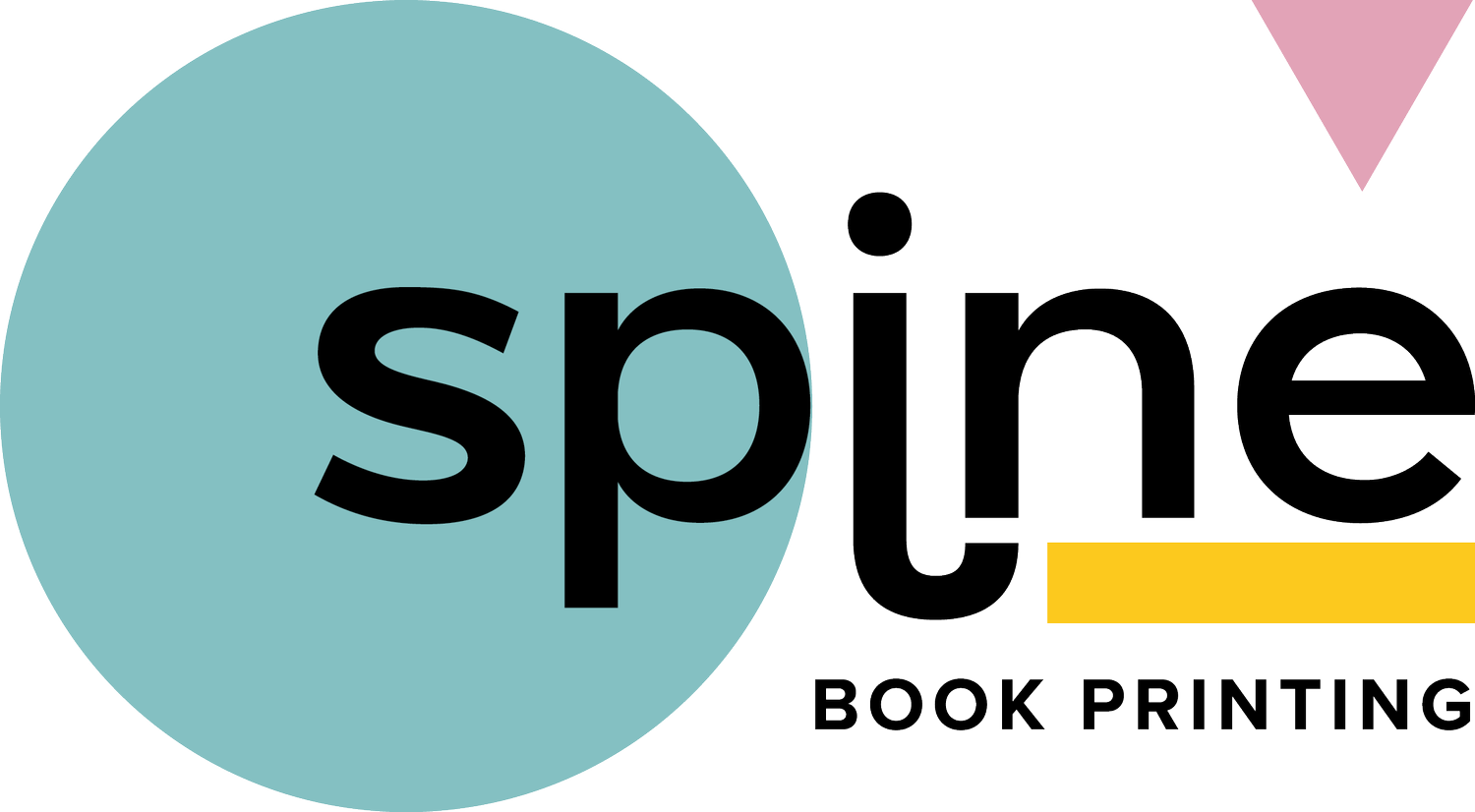Multimedia Book Design Challenges and Solutions
Multimedia book design is a fascinating field where creativity meets technology, crafting an enriched reading experience. As traditional book designs incorporate more multimedia elements like images, videos, and interactivity, they create a dynamic way for readers to engage with content. These elements not only breathe life into narratives but also cater to diverse learner preferences, providing a more immersive environment. The purpose of this discussion is to explore the hurdles faced when designing multimedia books and to offer practical solutions. Understanding these challenges can help creators produce effective multimedia content that captivates readers and stands out in an increasingly digital world. By navigating through various design considerations and harnessing the right tools, authors and designers can create compelling multimedia books that enhance the reader's journey.
Common Challenges in Multimedia Book Design
Designing books with multimedia elements introduces several challenges that can puzzle creatives. One key difficulty lies in integrating different elements such as images and videos whilst ensuring a smooth narrative flow. These components must work together cohesively, contributing to the story rather than distracting from it. Another tricky aspect is maintaining consistency in design and user experience across multiple media types. The layout should be harmonious, and the transition from text to multimedia should feel natural and intentional. Abrupt or illogical shifts can confuse readers, disrupting their engagement with the material. Technical issues can also pose significant obstacles. Compatibility and format limitations often restrict how multimedia elements are used. For example, high-quality videos may face compression issues, while certain interactive features might not work uniformly across all digital platforms. Keeping these potential setbacks in mind can save time and effort, making it essential to have a well-thought-out plan from the outset. Designers need to anticipate these challenges and prepare strategies to overcome them, ensuring each multimedia component enhances the overall experience rather than complicating it.
Solutions for Effective Multimedia Book Design
Creating a multimedia book that captivates readers begins with a solid plan and a clear vision. Planning involves storyboarding each element to ensure all multimedia components integrate seamlessly. It's crucial to map out where videos, images, and interactive features will appear within the narrative to enhance the storyline effectively, rather than detract from it. A well-thought-out storyboard can serve as a roadmap for creators, providing guidance and ensuring consistency throughout the design process. Leveraging professional design and multimedia software can also significantly improve the quality of the final product. Tools that allow for detailed editing and robust multimedia integration help in achieving a polished look. Seek software that supports varied multimedia components and offers flexibility in design options. A software that is user-friendly and feature-rich can make a significant difference in the production process, helping to bring creative ideas to life efficiently. Collaborating with multimedia experts can be another effective strategy. Specialists bring a wealth of experience and can offer valuable insights into best practices for incorporating multimedia elements. Their expertise can facilitate smoother integration of complex components, enhancing the book's overall engagement and impact. By partnering with the right experts, creators can navigate the intricacies of multimedia design more effectively, ensuring that the content resonates with its intended audience.
The Role of Quality Printing in Multimedia Book Design
Once the design is ready, the printing phase plays a pivotal role in bringing multimedia books to life. High-quality printing can add depth and vibrancy to images, ensuring they look crisp and engaging on the page. Choosing suitable paper stock and print finishes can complement the multimedia elements, elevating the reader's experience. Opt for paper that best showcases your visuals. Thicker options like 150gsm silk offer a sleek finish, while 100gsm uncoated paper might provide a more traditional feel. Whether using colour or black-and-white printing, selecting the right combination enhances the aesthetics of multimedia features. A fine balance between gloss and matt laminations ensures the cover stands out, inviting readers to explore the book further. The selection of printing techniques also impacts how multimedia elements are presented. Techniques like offset or digital printing can influence the overall look and feel of a book. By paying careful attention to these details, the final product is not just appealing, but also an effective platform for the rich multimedia content it contains.
Implementing Multimedia Elements in Printed Books
Integrating multimedia elements into printed books can take your content to new heights. Using QR codes is a popular option, allowing readers to access additional digital content like videos or interactive features. By scanning a simple code, readers can experience a multi-layered narrative, effortlessly expanding on what's on the printed page. Here are practical steps to consider when incorporating multimedia:
1. Choose the placement of QR codes strategically to match the flow of your content.
2. Ensure interactive features correlate directly with the printed material to maintain narrative coherence.
3. Regularly test the codes and links to confirm seamless operation and accessibility across various devices.
As an inspiring example, imagine a children's book where a QR code on each page leads to a short animated clip or a piece of delightful music that complements the story. This kind of integration enriches what readers see on the page, making the reading process more engaging and enjoyable.
Maximising the Impact of Multimedia Book Designs
To maximise the impact of your multimedia book, a few key strategies can make a noticeable difference. Keep designs intuitive and accessible to maintain a reader-friendly experience. Encourage creativity by exploring new multimedia trends and incorporating them where they fit naturally. Organising content that flows logically guides readers through their journey. Encourage exploration and curiosity, allowing readers to choose how deeply they engage with multimedia elements. Remember, the goal is to offer a seamless interaction where digital components enhance, not overwhelm, the printed text. The journey to creating remarkable multimedia book designs requires thoughtful planning, professional tools, and a commitment to quality presentation. With these in place, achieving memorable, engaging books that stand out becomes more attainable.
Ready to elevate your next project with cutting-edge print design? Enhance your work by exploring options from a trusted books printing company. With Spine Book Printing, you can choose quality finishes and superior craft that perfectly complement your multimedia book vision. Discover how our tailored solutions can bring your creations to life with unmatched precision.

